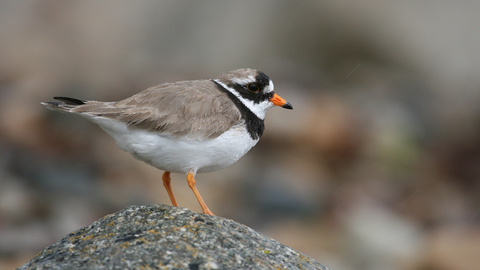- 307
- Posts
- 4
- Years
- Age 24
- Seen Aug 3, 2023
So, uh... I don't think there are many of you that take part in this hobby as I have yet to find a birder in a place like this in all my years online, but it's worth a shot.
I started birding a bit over 4 years ago and it became a big part of life subsequently. it even affected my career path as I chose to study biology in uni and then focus on birds once I get that done. Right now, I'm an apprentice in the Croatian bird-ringing program.
My species count is currently on 193 + 1 (Porzana sp. which I did not manage to ID, but never encountered any other member of the group before).
As for my favorite bird, it's the Firecrest (Europe's smallest bird). Other birds that are close to being my favorite include Osprey, Little Ringed Plover, Sedge Warbler and Atlantic Puffin.
My favorite birding spot are the overgrown channels on the edge of my town that attract both less picky wetlands species and open grassland species, giving a nice varied mix of birds all throughout the year.
What got you into birding, what are some of your favorite birds, do you have a favorite birding spot?
I started birding a bit over 4 years ago and it became a big part of life subsequently. it even affected my career path as I chose to study biology in uni and then focus on birds once I get that done. Right now, I'm an apprentice in the Croatian bird-ringing program.
My species count is currently on 193 + 1 (Porzana sp. which I did not manage to ID, but never encountered any other member of the group before).
As for my favorite bird, it's the Firecrest (Europe's smallest bird). Other birds that are close to being my favorite include Osprey, Little Ringed Plover, Sedge Warbler and Atlantic Puffin.
My favorite birding spot are the overgrown channels on the edge of my town that attract both less picky wetlands species and open grassland species, giving a nice varied mix of birds all throughout the year.
What got you into birding, what are some of your favorite birds, do you have a favorite birding spot?













